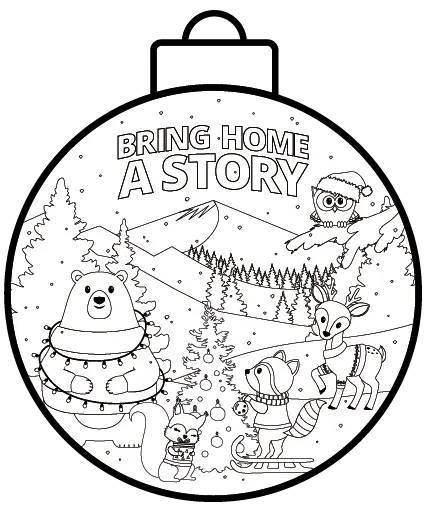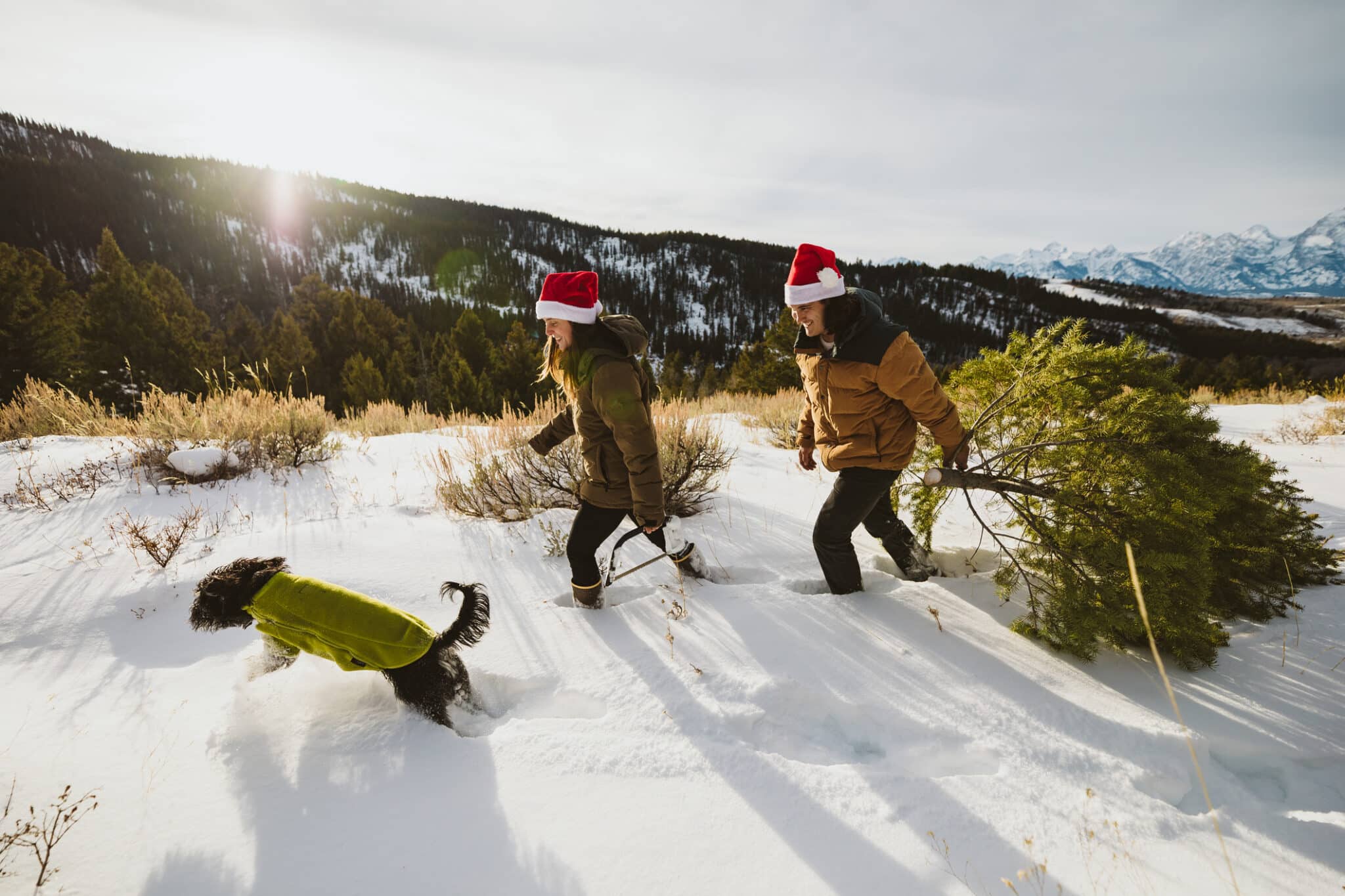Products You May Like
To obtain a permit, simply visit the Recreation.gov website and enter the state or forest where you want to find your tree. Cavan Images / Getty Images
 Why you can trust us
Why you can trust us
Founded in 2005 as an Ohio-based environmental newspaper, EcoWatch is a digital platform dedicated to publishing quality, science-based content on environmental issues, causes, and solutions.
There’s a longstanding debate surrounding what is the most environmentally friendly Christmas tree choice. Is it better to purchase a new live tree from a tree farm or go with an artificial option that is made from plastic but can be reused year after year?
However, a longstanding U.S. Forest Service (USFS) program offers a third choice: harvest your own tree from public lands and help keep national forests healthy and fire-safe.
“It is good to have people come through and take some of the smaller trees that are packed in, really dense and overcrowded,” Mendocino National Forest spokesperson Laura Leidner explained, as The Guardian reported. “It leaves more space and nutrients and water for the larger trees to continue to grow.”
For the USFS, Christmas tree harvesting is a win-win situation.
“Christmas tree permits are a unique opportunity for citizens to help thin densely populated stands of small-diameter trees – the perfect size for a Christmas tree,” the program website explains.
Thinning stands of smaller trees is beneficial for two reasons, forest officials told The Guardian.
- It decreases competition for forest resources.
- It reduces wildfire risk because, when smaller trees catch on fire, the flames can better reach the canopy of taller trees.
To obtain a permit, simply visit the Recreation.gov website and enter the state or forest where you want to find your tree. Each forest will have slightly different rules and harvesting times, but most Christmas tree permits are issued in November, according to USFS. Permits can cost between $5 and $25, according to The Guardian. However, this year, The Stanislaus National Forest in California offered permits that were free with the exception of the $2.50 website processing fee.
“There’s a certain magic in families coming together to wander into the forest to find that special tree,” Stanislaus National Forest Supervisor Jason Kuiken said of the program, as My Mother Lode reported. “We are pleased to make this available to our community and hope this will be the beginning of new traditions for so many families.”
If you’re not a fan of the internet, you can also obtain a permit by contracting your closest forest district office, according to the USFS.
Once you have your permit and are ready to cut your tree, there are a few general guidelines to keep in mind. First, you should plan a head and know the weather conditions in your chosen forest. Dress warmly, bring emergency supplies and let someone know where you are going.
More From EcoWatchr
Second, when it comes to tree selection, you should choose a tree with a trunk that is no more than six inches in diameter and is located at least 200 feet from roads, campsites or other recreational areas. You also shouldn’t take a tree growing along a body of water and you should look for one in a densely packed stand. When you cut, you shouldn’t make the incision higher than six inches above the ground and you should never chop down a tall tree just to use the top. Only cut down one tree per permit and move it to your vehicle using a rope and tarp.
There may be other guidelines specific to your forest of choice. Officials are always working to make sure that too many trees aren’t harvested. For example, if a wildfire does occur, the smaller trees that posed a potential danger before a fire are now in need of protection. In this case, “removing smaller trees is removing future forests,” Leidner told The Guardian.

Once the holiday is over, make sure your tree is recycled or composted and not burned. Around 200,000 to 300,000 Christmas trees are harvested from national forests every year, according to The Guardian. In addition to helping with forest health, the service hopes the program increases people’s connection to public lands.
“You go out there and have this amazing experience and fall in love with those areas,” USFS official Janelle Smith, who has worked on the permitting website, told The Guardian. “Hopefully then, you want to take care of them and pass that along to your kids and their kids.”
Download the Recreation.gov customizable Christmas tree ornament here.
Subscribe to get exclusive updates in our daily newsletter!
By signing up, you agree to the Terms of Use and Privacy Policy & to receive electronic communications from EcoWatch Media Group, which may include marketing promotions, advertisements and sponsored content.
